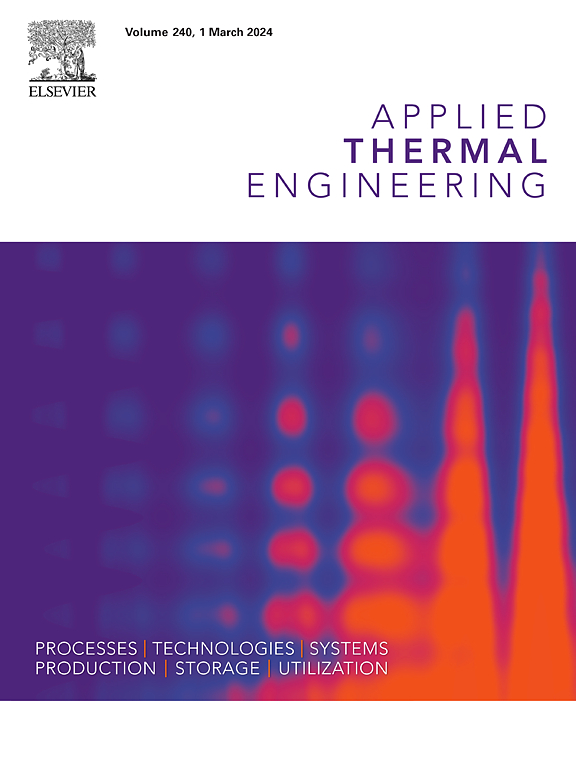Correction of transient plane source method influenced by variable heating power and research on thermal conductivity of ceramic matrix composites
IF 6.1
2区 工程技术
Q2 ENERGY & FUELS
引用次数: 0
Abstract
The transient plane source (TPS) method is a powerful tool for accurately and rapidly measuring the thermal conductivity of various materials. However, under the assumption of semi-infinite heat transfer, this method is very sensitive to the thickness of the specimen and requires constant power output. Further, for most TPS instruments, the heating power is variable in the initial heating period. Therefore, by applying power correction at the initial heating stage, the TPS method can be applied to thin samples, such as ceramic matrix composites (CMC) constrained by manufacturing processes. To address these issues, this study establishes a mathematical model for thermal conductivity measurement using the finite difference method, taking into account the non-constant heating power in TPS instruments, and conducts corresponding experiments. First, the heating power curves of a DRE-III thermal conductivity meter for different samples are computed. Then the finite difference method is employed to determine the temperature increase under varying conditions, and subsequently, the thermal conductivity of the samples is calculated inversely. Using this approach, the thermal conductivity of various samples is measured with a 7.5-mm radius TPS probe under variable power conditions, achieving a measurement residual within 5%, demonstrating a significant improvement in accuracy compared to results obtained using the TPS method employed by the DRE-III without correction. Additionally, this improved method is used to measure the thermal conductivity in the thickness direction of two-dimensional woven CMC materials utilizing common TPS methods and instruments, with the goal of achieving higher economic efficiency.
求助全文
约1分钟内获得全文
求助全文
来源期刊

Applied Thermal Engineering
工程技术-工程:机械
CiteScore
11.30
自引率
15.60%
发文量
1474
审稿时长
57 days
期刊介绍:
Applied Thermal Engineering disseminates novel research related to the design, development and demonstration of components, devices, equipment, technologies and systems involving thermal processes for the production, storage, utilization and conservation of energy, with a focus on engineering application.
The journal publishes high-quality and high-impact Original Research Articles, Review Articles, Short Communications and Letters to the Editor on cutting-edge innovations in research, and recent advances or issues of interest to the thermal engineering community.
 求助内容:
求助内容: 应助结果提醒方式:
应助结果提醒方式:


